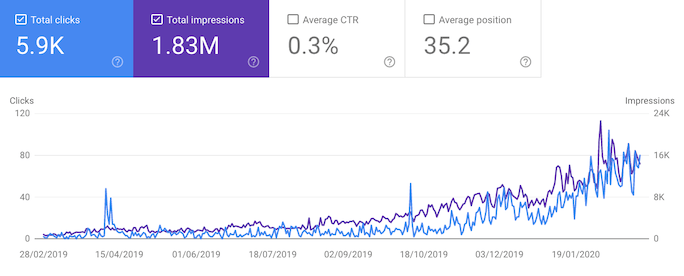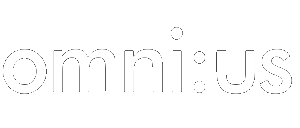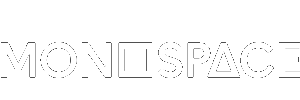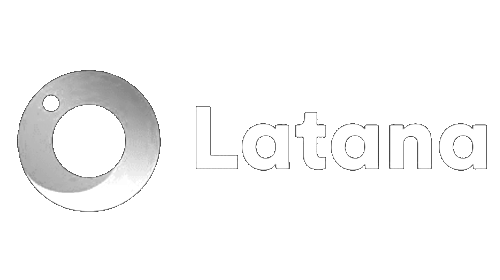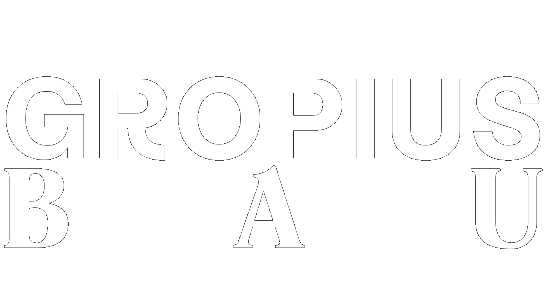Know your SEO Competitors
For a SEO Competitor Analysis, one first needs to identify the SEO competitors, which may not be your business competitors offline, those which are leading in terms of organic traffic acquisition, domain authority and other important SEO factors. These are the websites which rank the best and the most consistently for the main keywords you have identified, and/or those websites which rank best for
long tail keywords.
Why do a competitor analysis
To improve the way you do business online, it is very difficult to be successful if you ignore the competition. The same applies with SEO. Knowing how your competitors operate, what they offer helps to find out: keywords you are possibly missing one, backlink opportunities, and benchmarks. Copying however is not really a long time efficient strategy; being aware of what they are doing, your strengths and weaknesses, to offer better value to your customers.
What is their content and how do they organise their website
How is the website organised and structured, including main navigation items and the
internal linking strategy. What is included in their Sitemap(s).
Backlink profile Audit
Analysis to understand how your competitors get their backlinks
Copying can be dangerous
Competitor analysis is great to be aware of what your competitors are doing, how their site is structured, how their get their backlinks, and check if you are missing out on low hanging fruit. But by no means should you copy and paste how they do business. Get rather inspired, and plan to do better. Be aware that if for instance they are doing black hat SEO Berlin and you have the bad idea to copy them as they are currently outranking you, if they get punished for what they do in the future, you might also follow suit.
What is included in a competitor analysis
A Competitor analysis comprises of backlink audit, on-page audit and keyword research. Analysing how competitors get most of their traffic also helps to establish content creation strategy.

